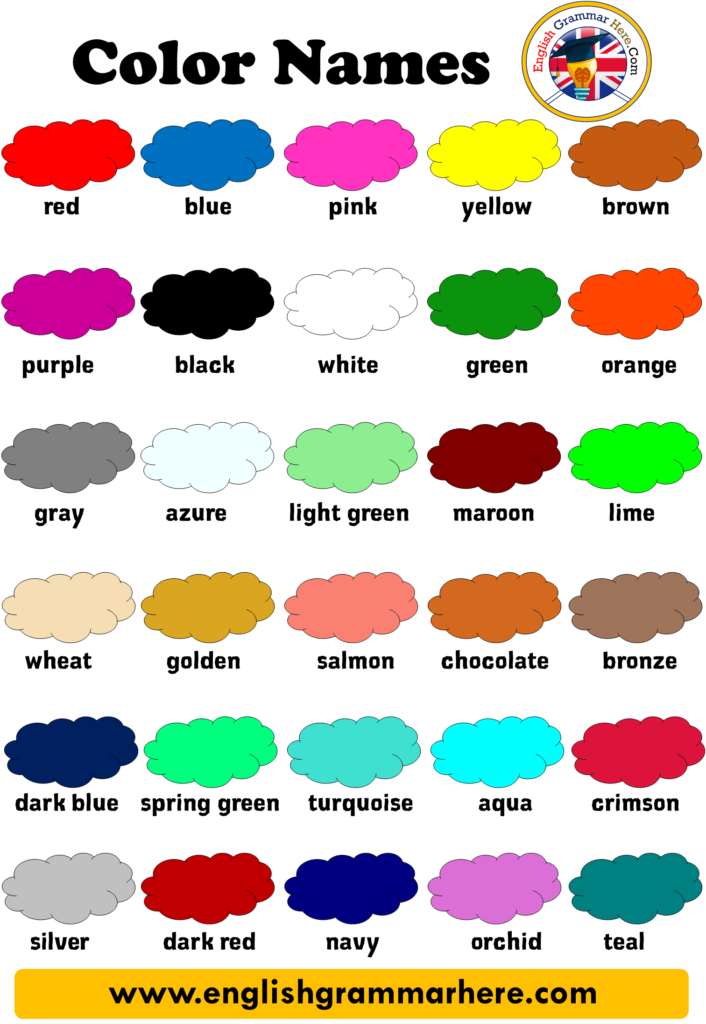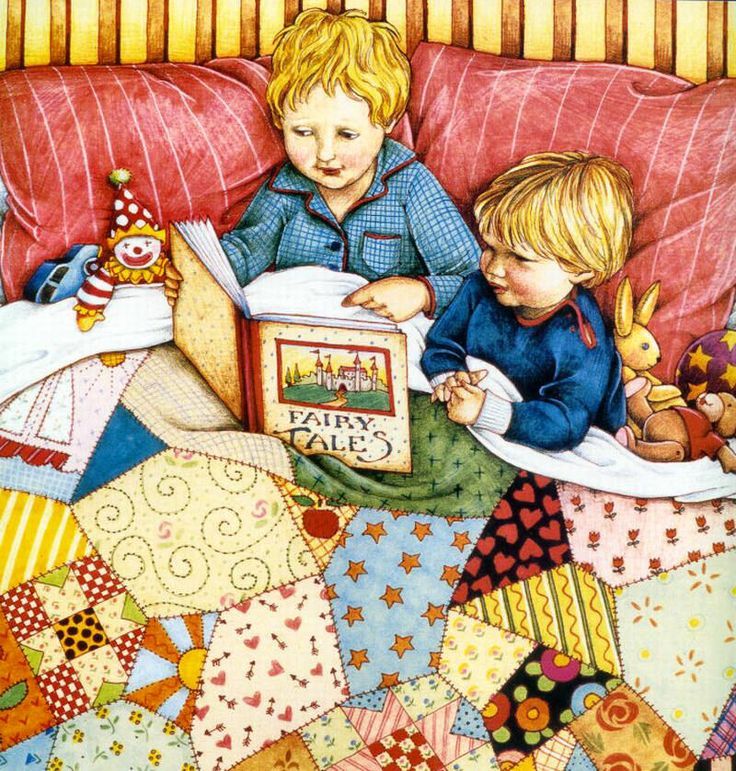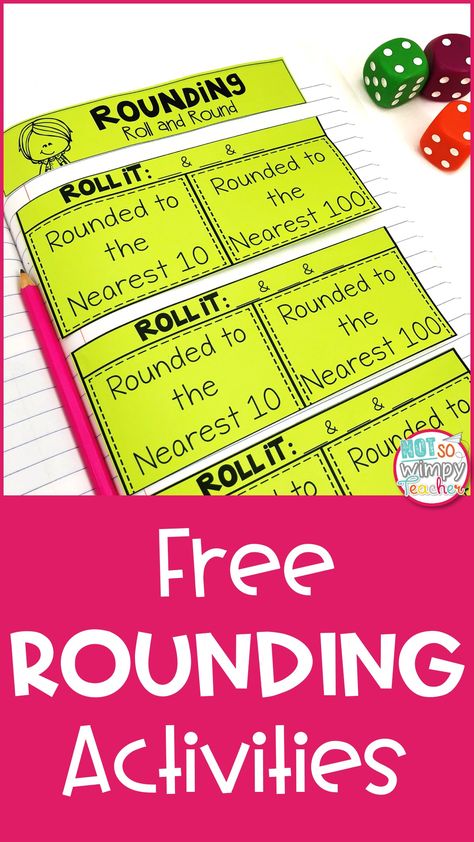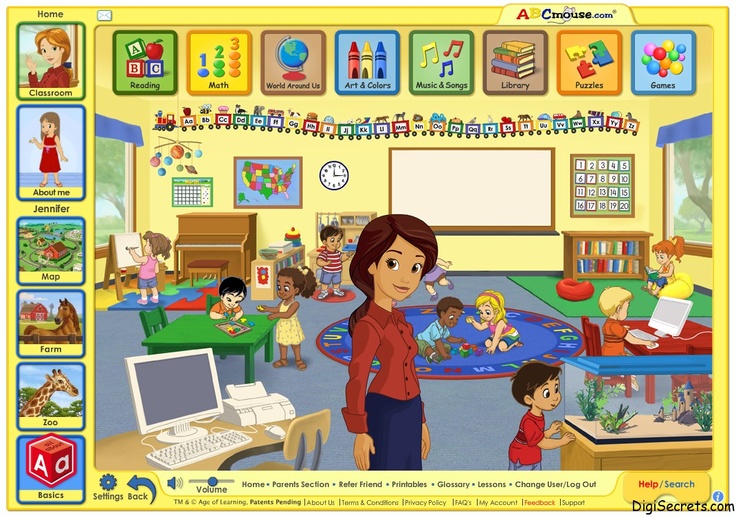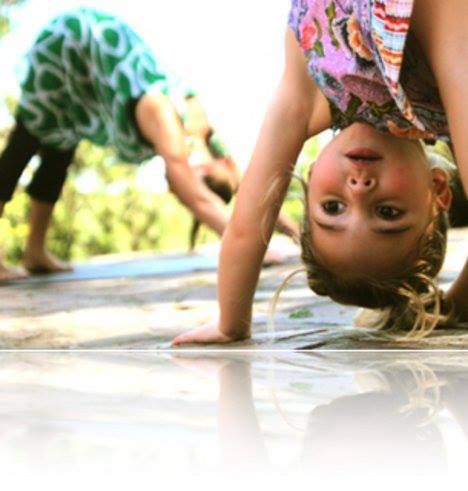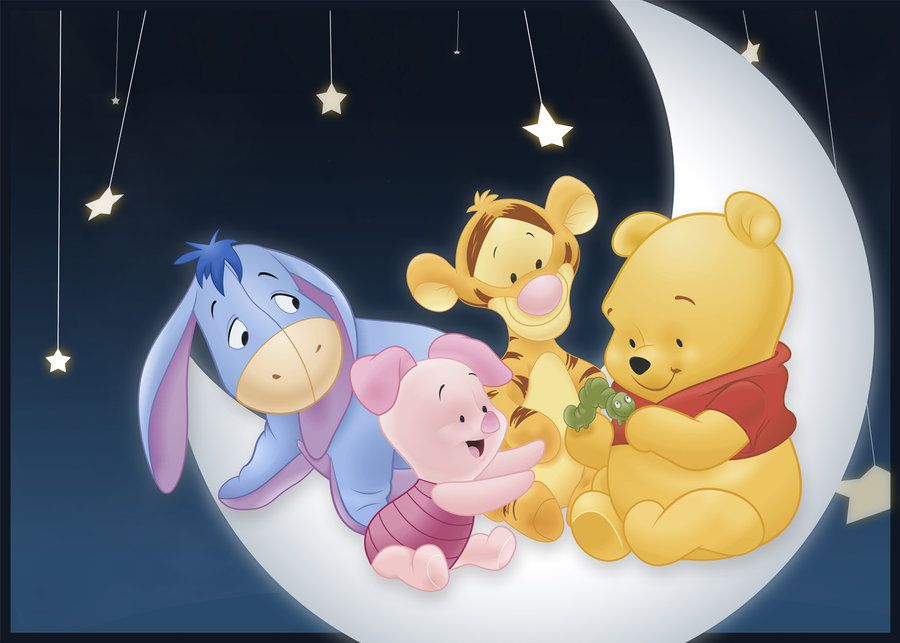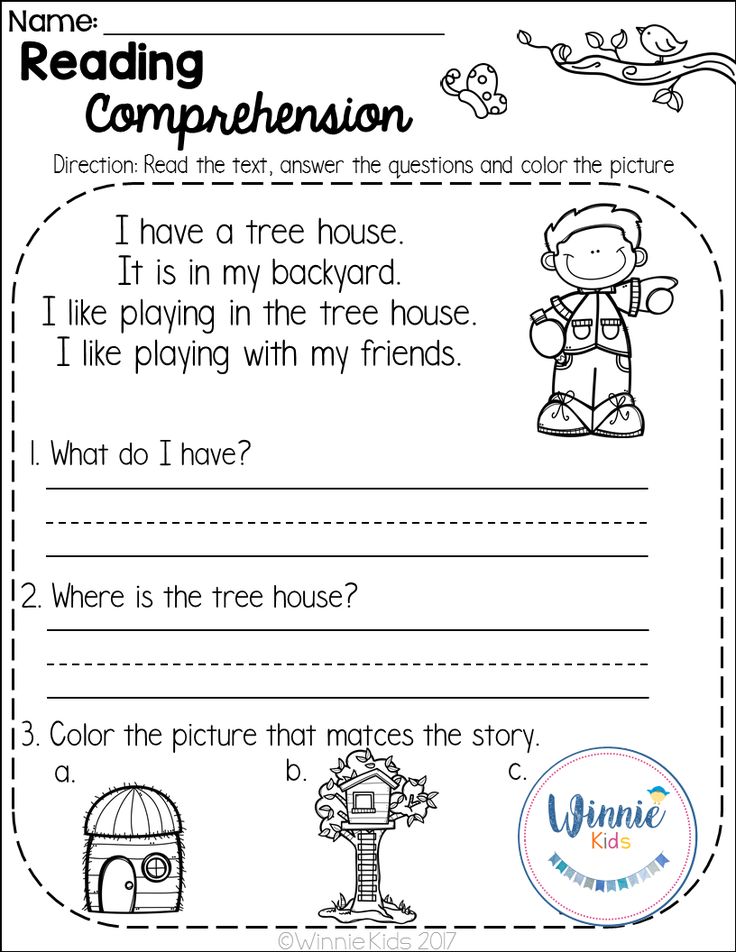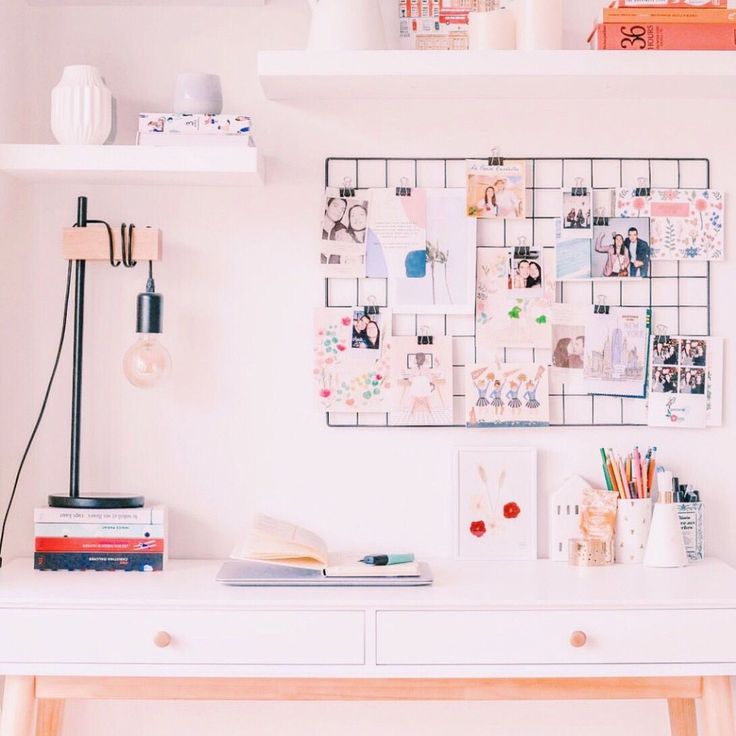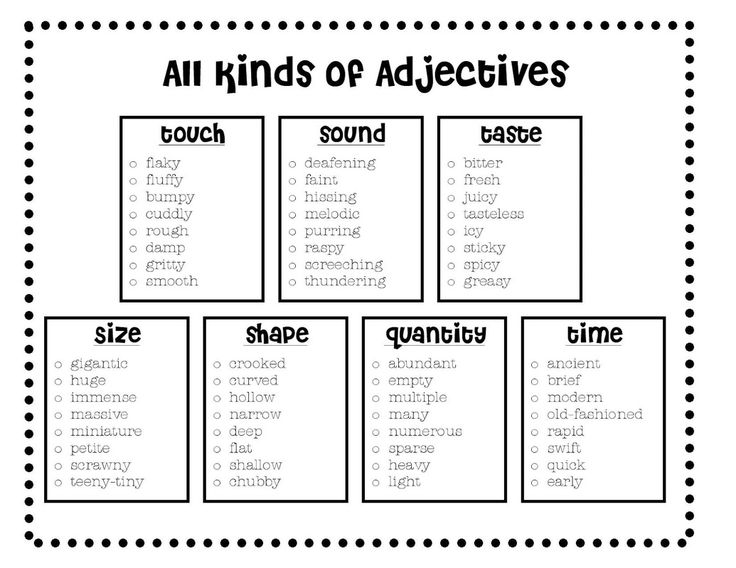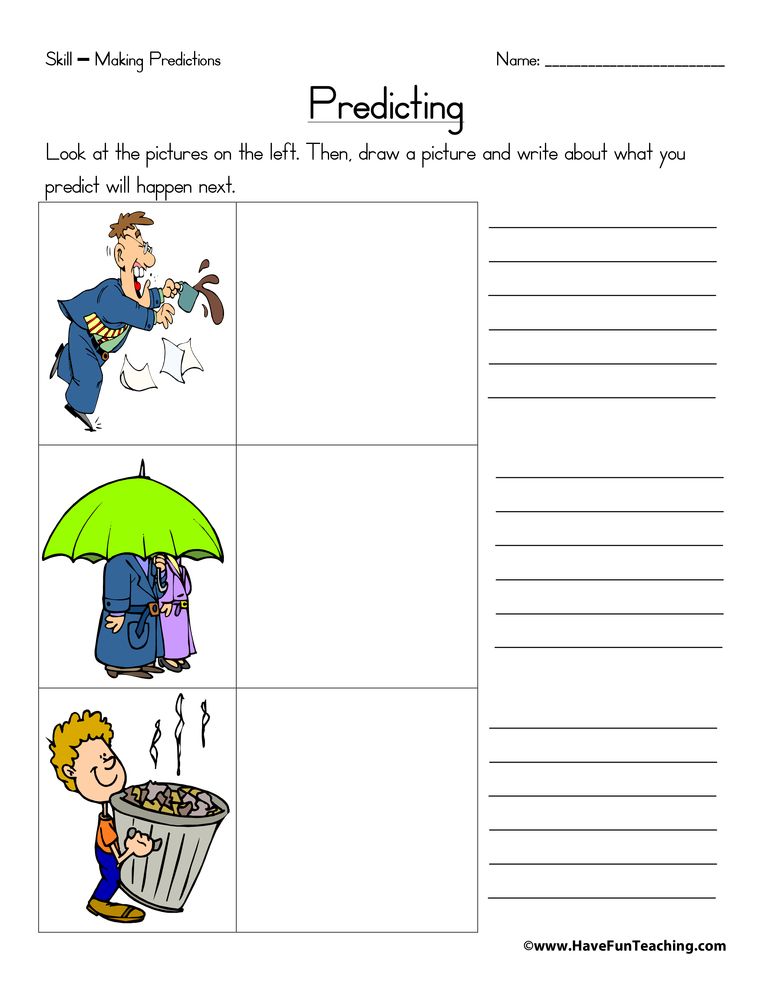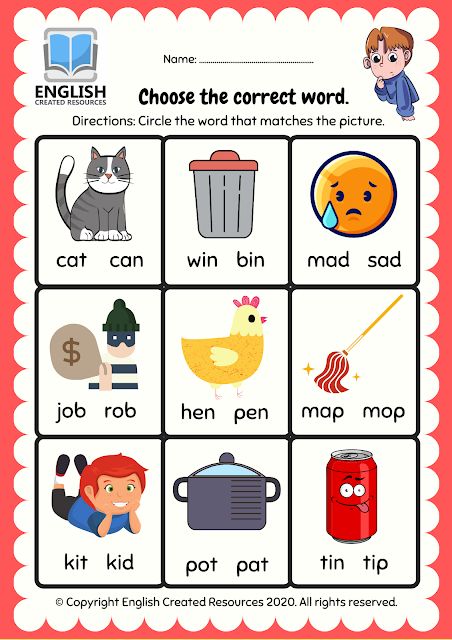The colors for kids
Colors for Kids: Teaching Colors to Children
Children usually learn about color during their preschool years. The ability to identify colors is considered a marker and milestone in a child’s cognitive process and is often part of early screening for development and educational admittance. Recognizing the colors and identifying the color names is an important part of a child’s development. Early identification of colors helps to create the cognitive link between visual clues and words.
Tips on Teaching Children Colors
Children need to first acquire informational pieces before they can begin to understand color as a concept. It might seem simple as blue is blue, before the concept of color is understood. Children don’t have the ability to understand that light blue and navy are both blue and they also lack the verbal skills to explain that to you. Along with learning what each color is called, children need to understand what color represents; it’s not size, nor shape, nor the name of the object, nor the texture, not the number of things showing.
Constant repetition and expanding on what colors are and what they are not will help any child understand what the actual word color means.
After that, teaching colors to children is usually easy. Children are naturally attracted to bright colors, which is why most toys and activities geared towards younger children, including toddlers and babies, are brightly colored. During the preschool years, children have a natural affinity to understand their world around them. Surrounded by a world of color it is easy to use daily opportunities to discuss colors. Of course, since teaching color recognition to children is so important, there are many tools that can be used by parents and educators alike to help children learn about color.
Learning About Colors Through Children’s Books
There are numerous children’s books to teach children about color form. The “chunky books” such as the “Happy Baby” series that usually mark a baby’s first “reading” experience, are books that are very educationally minded.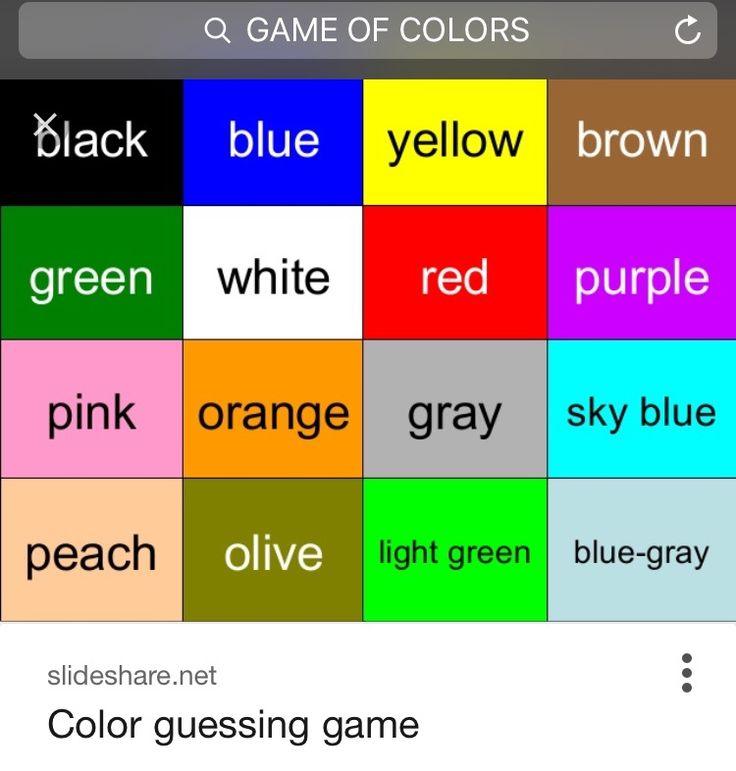 Like toys geared for children, children’s books are a natural opportunity to not only teach children the differences between the colors and to identify them, but to also forget that connection between the written words and the colors they represent. The best children’s books to teach color combine a child’s interest, with a great story, and colorful illustrations making reading experience completely enjoyable. Children’s Book Guide.com has a great list of children’s books that will provide many opportunities for parents and educators to teach color to children without them even realizing that a lesson is at hand.
Like toys geared for children, children’s books are a natural opportunity to not only teach children the differences between the colors and to identify them, but to also forget that connection between the written words and the colors they represent. The best children’s books to teach color combine a child’s interest, with a great story, and colorful illustrations making reading experience completely enjoyable. Children’s Book Guide.com has a great list of children’s books that will provide many opportunities for parents and educators to teach color to children without them even realizing that a lesson is at hand.
One of our favorites from the list is Eric Carles’ “Brown Bear, Brown Bear, What Do You See” Considered a staple in many a preschool classroom, this classic has been a must have for children learning about color since its publication as Carle’s first illustrated children’s book in 1967. Republished in 2007, “Brown Bear, Brown Bear, What Do You See” is not the only one of Carle’s books that can be used to teach children colors. Known for his creative use of collage in his illustrations, Carle’s books go past a more generic use of flat colors, and allow children to experience nuance, patterns and a range of shades all in one color.
Known for his creative use of collage in his illustrations, Carle’s books go past a more generic use of flat colors, and allow children to experience nuance, patterns and a range of shades all in one color.
Games that Teach Children About Color
Along with books, many games use color in part to make them attractive to children while teaching them about color.
The classic children’s game, Candyland, is often a child’s first board game because of its use of color. Naturally appealing with its sugar coated fantasy, the board game doesn’t use a counter or dice, but color cards that dictate the child’s next move on the board. Along with color matching, Candyland also teaches counting skills, strategy, social skills and spatial reason to young children.
Color matching memory games are another way to induced color learning to children with a game. Based off the typical matching game of remembering where two like cards are to make a pair, preschool children have to compare colors and match the same ones together to win.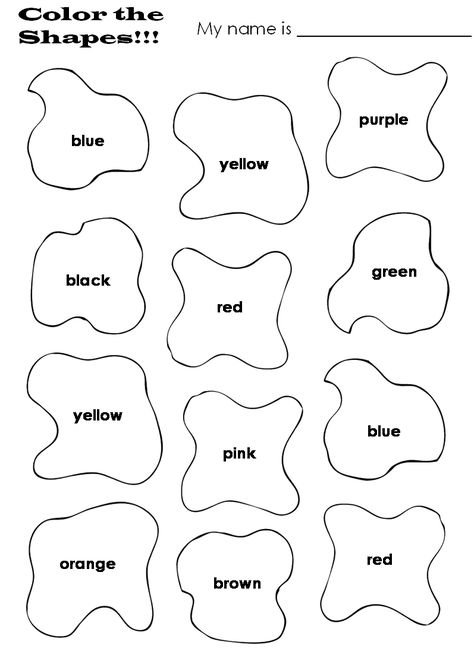 Another game geared towards teaching child to match colors is dominoes. By removing the dots that require counting and increasing the size, Jumbo Color Dominoes.
Another game geared towards teaching child to match colors is dominoes. By removing the dots that require counting and increasing the size, Jumbo Color Dominoes.
Children Learning with Colors Flashcards
Since learning colors is such an important part of every child’s early education, schools and parents often turn to the more educational minded color flashcards. Color flashcards run a range from just focusing on color to inducing the words along with color as pre reading skills. Often color flashcards use shapes and teach basic counting skills along with color recognition. There are many different kinds of flashcards geared towards teaching children about color. They can be purchased directly, downloaded and printed form online sources, or crafty parents can even make their own with color card stock.
Teaching Kids Color Online:
While so many of the tools used to teach children about colors are “classic” the internet and online games have also provided excellent opportunities for children to learn about colors.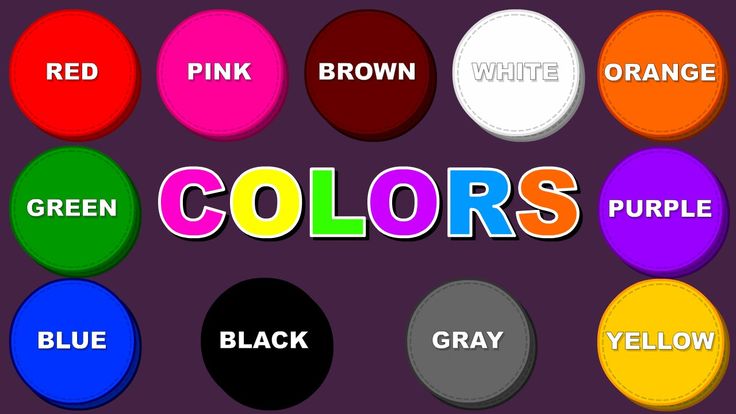 Some online color education tools focus on specific color skill like color recognition, matching and color concentration and might require the child to have some reading ability. Other’s such as Fishers Price’s Color and Shape game plays more like an interactive video and requires the very basic computer skills.
Some online color education tools focus on specific color skill like color recognition, matching and color concentration and might require the child to have some reading ability. Other’s such as Fishers Price’s Color and Shape game plays more like an interactive video and requires the very basic computer skills.
Teaching Color to Children Everyday
Of course, since color is a part of everyday life, there are many opportunities to teach children about color during every day living. One way to teach children about color is to pick a new color each week and completely focus on that color with your food choices, activities, etc.
So, no matter what color you pick for the week, enjoy bringing the beauty of color to a young person while you teach a child about color. Do you have a favorite book or game that teaches color? We would love to hear your recommendations.
Posted by Albert Munsell.
How To Help Your Young Child Learn Colors
What are some fun ways to teach colors for kids? If this is a question you’ve been asking yourself, you’ve come to the right place.
As a toddler or preschooler, your child has definitely noticed all the different hues in the world around them, but now it’s time to help them make sense of it all.
Fortunately, teaching your child colors doesn’t have to be an overwhelming task. As you will see below, this can be a fun and engaging learning experience for both you and your child.
With a bit of planning and creativity, your young learner will soon know all the colors of the rainbow and so much more!
Table of Contents
- Why Is Learning Colors For Kids Important?
- Tips To Keep In Mind
- 10 Simple Activities To Teach Colors For Kids
- Make Every Day A Colorful Day
Why Is Learning Colors For Kids Important?
Our world is made up of different shapes and colors. Cars, houses, flowers, trees, buses, fruits, tall city buildings…everything has its own unique visual characteristics.
Before they were even a year old, your child noticed these things, too, but of course, none of it made sense.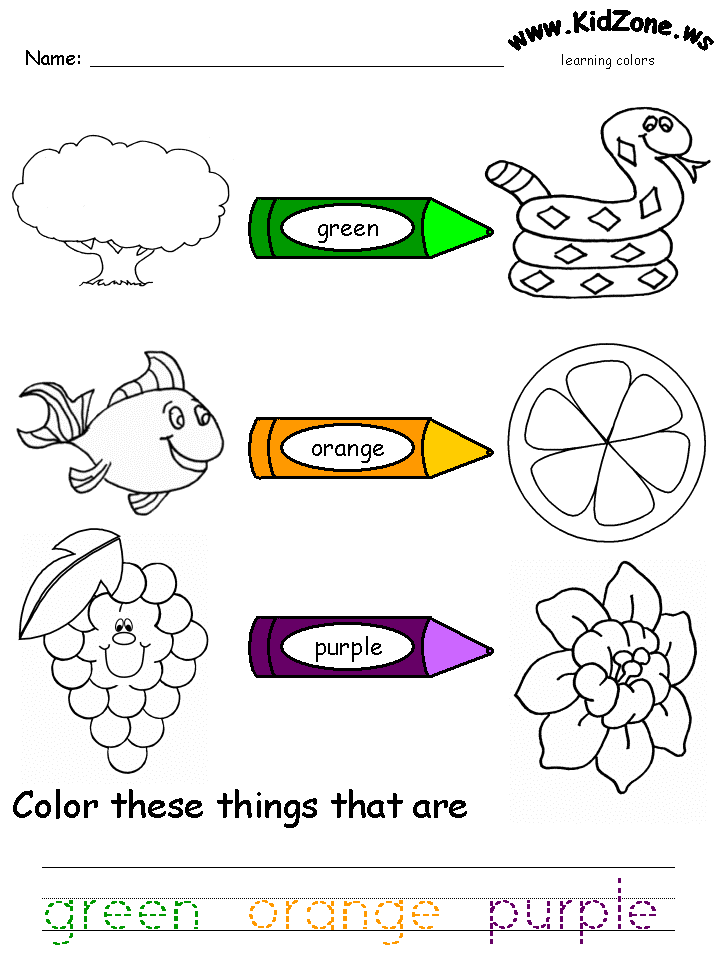 Now that they are older, it’s time to start piecing together all the information from their environment.
Now that they are older, it’s time to start piecing together all the information from their environment.
Teaching your child colors will help them make sense of the world around them. But did you know that understanding colors can also impact language skills and overall learning?
It’s true! As your child begins to understand that words represent objects, they’ll also realize that some words can describe certain features of those objects.
For example, blue can describe the sky, a blueberry, and a blue crayon. As your child starts to use color words to describe the things around them, they are also building their vocabulary and becoming better communicators.
But language isn’t the only academic skill built through lessons on colors for kids. Perhaps the most surprising of all is how learning colors can help introduce children to basic math skills. How?
Remember that every time you introduce your young learner to a new color, their brain actively works to process the information.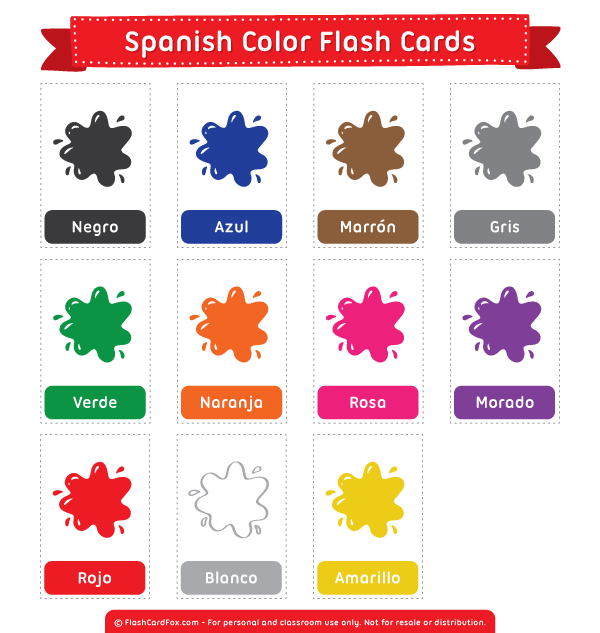 A lot of organizing, categorizing, and comparison takes place when sorting different colors and shapes.
A lot of organizing, categorizing, and comparison takes place when sorting different colors and shapes.
Examining something and identifying attributes, such as color, is an essential skill for math. So, in the future, when they’re trying to tell if a shape is an octagon or a hexagon, they’ll use the same visual discrimination skills they learned when learning colors.
(Note: If your child seems to have trouble distinguishing colors, they may be color blind. Contrary to popular belief, that doesn’t necessarily mean they don’t see colors at all, but it can make school more difficult for them down the road [i.e., reading off a chalkboard].
If you suspect your child may be color blind, ask your child’s pediatrician or eye doctor about getting them tested.)
Now that you’re clear on all the incredible benefits of teaching colors for kids, you probably want to start helping your child master them!
Before we get started on that, here are some basic tips to keep in mind when practicing colors with your child.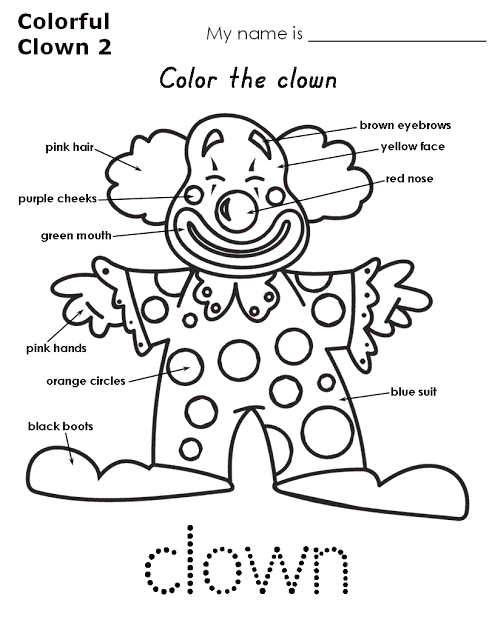
Tips To Keep In Mind
It can be challenging to teach colors to a toddler simply because there are so many contrasting colors constantly around us.
Adding to that challenge is the fact that many different shades of one color exist. For example, there are several reds (think: maroon, crimson, scarlet, etc.), but they are all called “red.” This can be tricky for children learning colors.
Have no fear! We’re here to help. The following are some basic tips to keep in mind as you help your young learner understand colors.
1) Start With The Basics
Think about how we can quickly calculate our change after buying something at a store or spell a new word correctly after hearing it for the first time. This is possible because we understand the basics of math and the English language.
The same approach needs to be applied when teaching colors for kids. It’s best to start with the primary colors (red, blue, and yellow), and once your child gets comfortable with these, move on to other hues.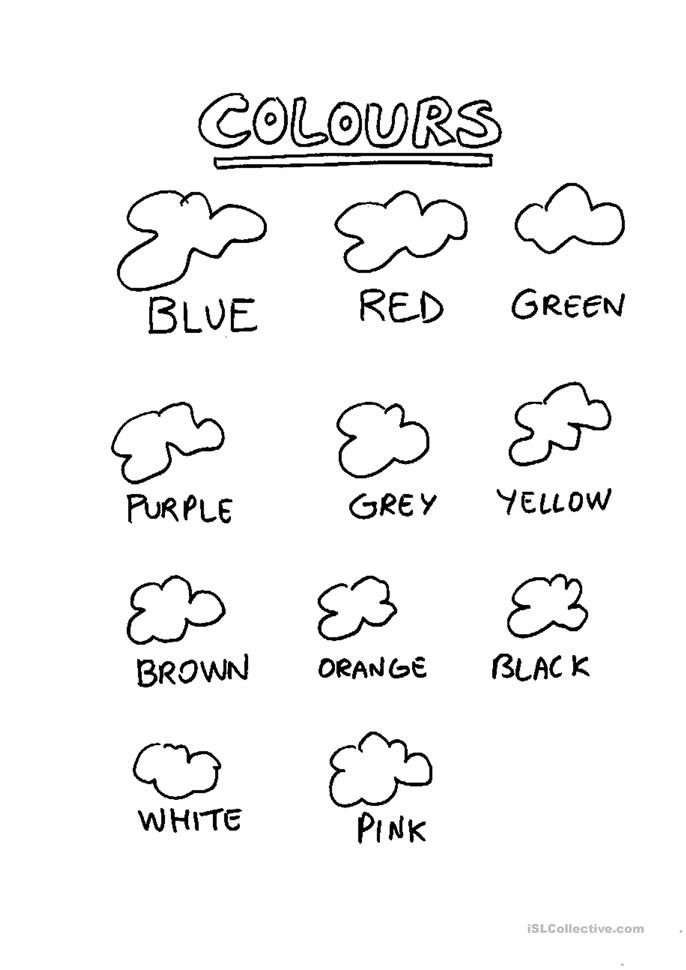
If you’re still in the primary colors stage, what simple efforts can you take to help emphasize these colors in your everyday life?
Here are a few examples:
- When you’re having dinner — “Do you want to use this blue plate?”
- When you’re taking the dog for a walk — “Look at that yellow car.”
- When it’s time to play — Hand them only red, blue, and yellow objects. If they have building blocks, ask them to sort only the red, blue, and yellow blocks.
Once your child is familiar with their primary colors, you can move on to other basic colors, such as green, orange, purple, black, white, brown, and gray.
A great way to help children learn about colors is by interacting with them. We love this sensory game that lets kids practice naming colors and discover what happens when you combine them.
2) Choose Contrasting Colors For Kids
As we mentioned earlier, there are so many different colors in this world that sometimes children can find it challenging to tell them apart. It’s even more difficult when the colors are similar (e.g., red, maroon, orange, etc.).
It’s even more difficult when the colors are similar (e.g., red, maroon, orange, etc.).
For this reason, it’s best to first focus on the hues that are clearly distinguishable before introducing similar colors.
3) Help Them See Color Categories
Once you’re confident that your child knows their basic colors, you can start introducing similar colors (olive green, forest green, etc.). Most of these can be found in the world around you.
As explained, similar shades can be challenging to learn, so in the beginning, the focus shouldn’t be on having them learn all the different terms but, rather, exposing them to the idea of categories.
To help your child recognize the differences between shades, point out an object and name its color. Then, ask them to find other things that are the same color. For example, you could say, “This is a blue sock. Can you find me anything else that’s blue?”
When they find another blue object, talk about what you notice. For example, is the blue the same on both things, or are there differences? Is one lighter or darker than the other? Do either look like a brighter blue?
These simple conversations can help your child as they begin expanding their definition of the color blue.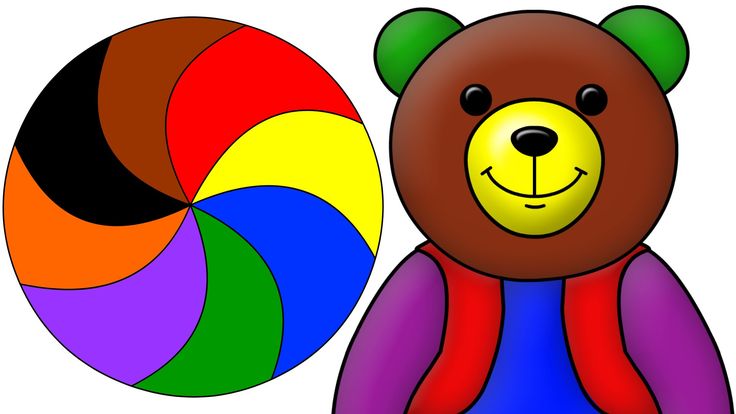
4) Point Out The Connection Between Colors And Feelings
In English, colors aren’t only used to describe how something looks. We also use color terms to express our emotions.
For example, when we say somebody is “feeling blue,” they’re sad. Similarly, if someone is “seeing red,” they’re angry.
While you don’t need to detail the emotions associated with each color at this age, you can make your child aware that feelings and colors are connected.
They can start to use colors to express themselves, a skill that helps them better understand their emotions. This ability is one of the social-emotional topics your child can practice with the Learn with Sesame Street app, powered by HOMER.
10 Simple Activities To Teach Colors For Kids
Learning about colors can be a wonderful part of playtime with your child. To help your child practice their colors, use these engaging activities.
1) Colorful Necklace
Children are often curious and enjoy exploring different colors and materials.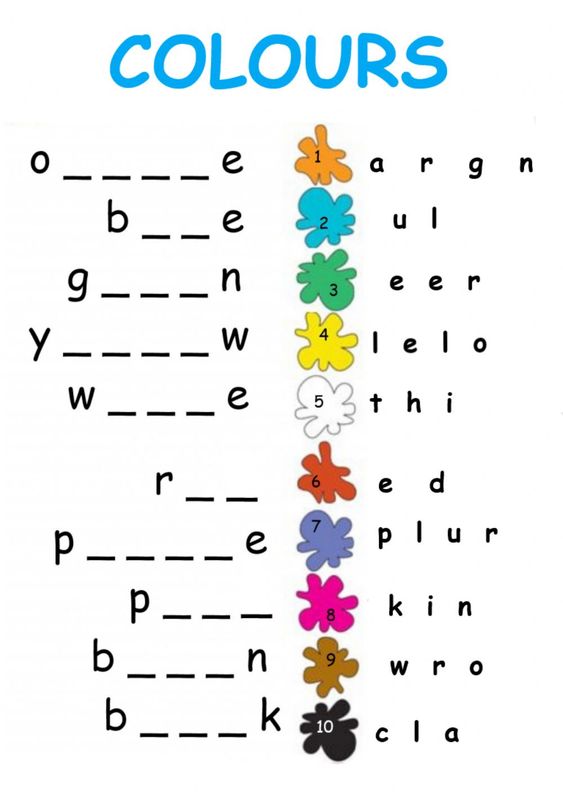 This means that when teaching them about colors, the more engaging the activity the better — like using colorful beads to create necklaces.
This means that when teaching them about colors, the more engaging the activity the better — like using colorful beads to create necklaces.
What You’ll Need:
- Colorful beads (in primary colors)
- Yarn or necklace string
What To Do:
After teaching your child the primary colors, try creating a red, blue, and yellow necklace. Tie a knot on one end of the string. Then, show your child how to string beads onto it.
This necklace can be in a pattern or not. It’s really up to you!
When creating the necklace, remember to name the colors you use and encourage your young learner to repeat them.
Note: While working with small items, it’s essential to use safe and non-toxic materials and keep an eye on your young child at all times.
2) Finger Painting
Engaging your child’s senses is one of the most effective ways to help them learn new concepts. That’s what makes finger painting so great for teaching colors!
What You’ll Need:
- Finger paint (in primary colors)
- Finger paint paper
- Newspaper
What To Do
Put a few pieces of newspaper on your table to protect it from spills.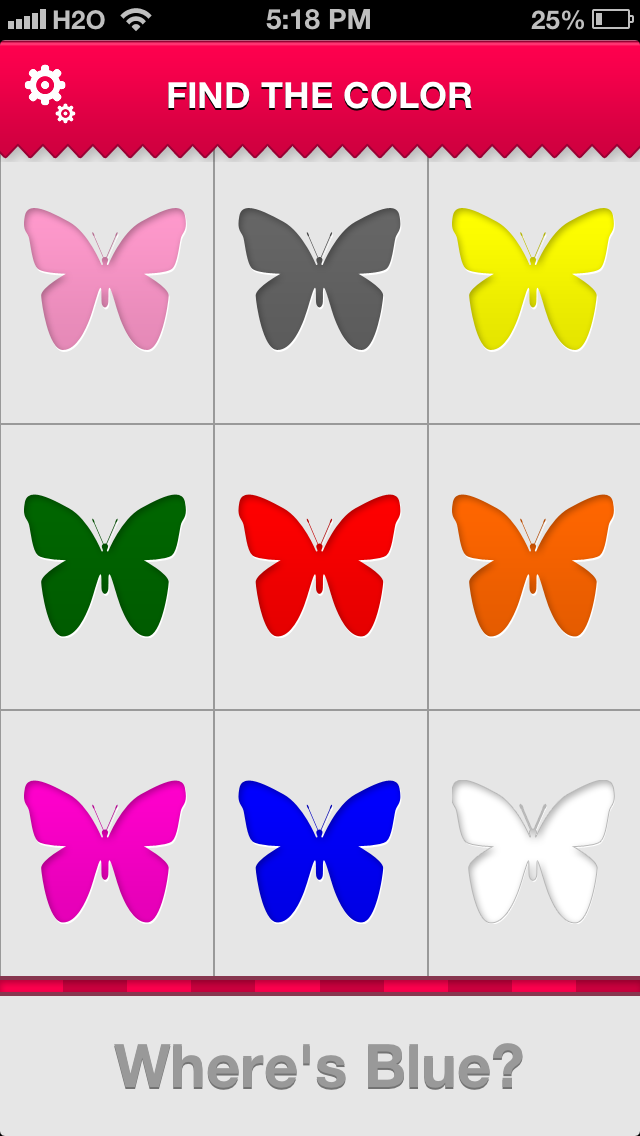 Then, place your child’s finger painting paper on top.
Then, place your child’s finger painting paper on top.
Let them go to town using their fingers to create beautiful, colorful pictures. You can use the three primary colors in finger painting and mix them up to form secondary colors (purple, green, and orange).
During the activity, speak about the colors your child is using and the colors that are formed while mixing.
Once the painting is complete, let them tell you about what they created. Encourage them to use color words while they’re describing the artwork.
3) Same Objects, Different Colors
As you teach your child different colors, they may begin associating certain colors with specific objects. For example, if you show your child a red apple, they may associate the shape of the apple with red.
It’s essential to show your child another color apple (e.g. a green one) so they understand that you’re referring to the color of the object, not the object itself. This activity helps you do just that.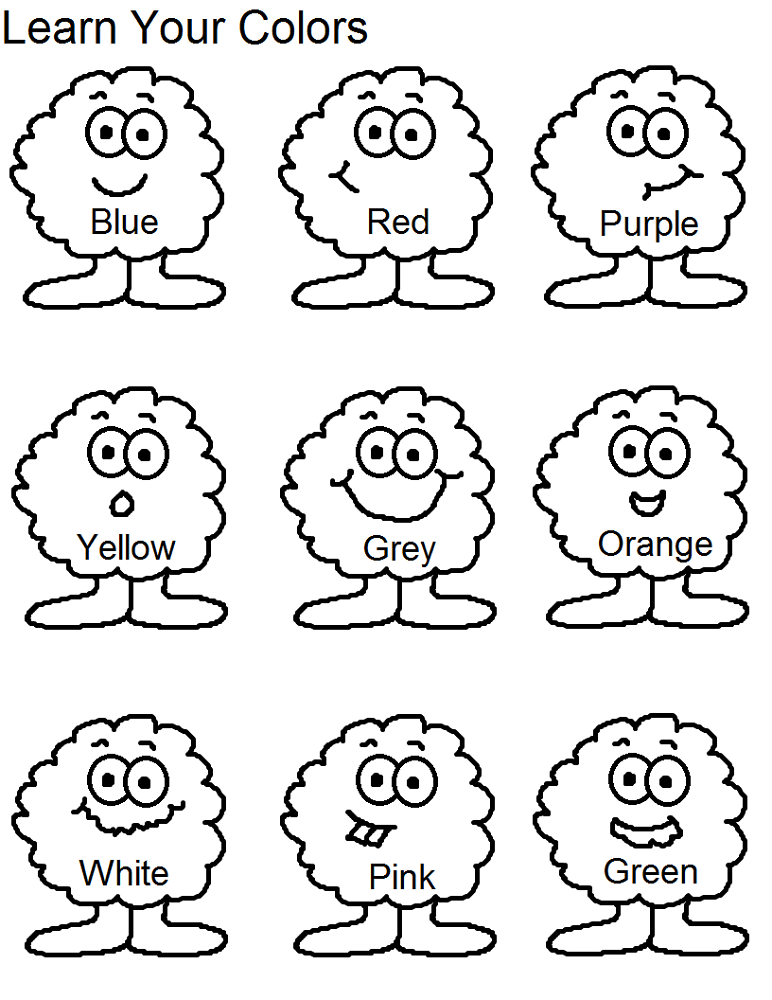
What You’ll Need:
- Two or more objects that are the same except for their color (such as apples, blocks, crayons, etc.)
What To Do:
Hand your child one of the objects and ask, “What color is this?” Once they answer, you can ask, “Are all (objects) this color?”
This will help them start thinking about colors in the world around them. If they aren’t sure, hand them the other object and ask them what it is. Reinforce that it’s the same type of thing as the first one, but it’s in a different color.
To help them further understand, sorting activities can be effective. For example, ask your child to sort the different colors of the same object (e.g., multi-color blocks).
As they get older, you can also encourage them to sort by the object, regardless of color. This will help your child continue developing skills of categorizing.
4) Read About Colors
There are lots of amazing children’s books that speak about colors. While reading to your child, be sure to point out all the colors in the book.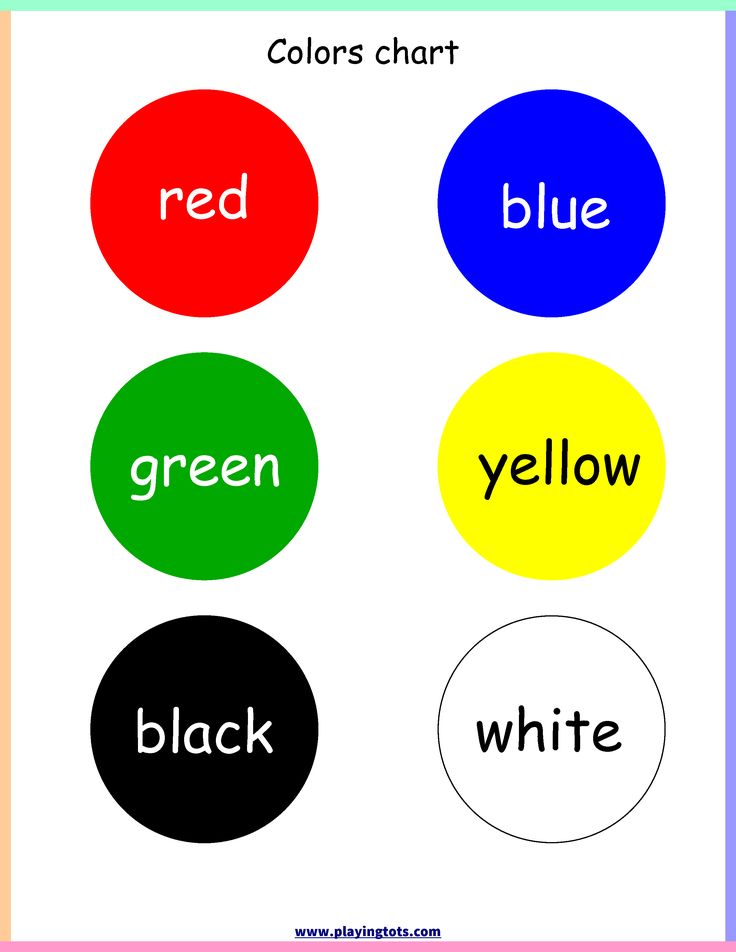
What You’ll Need:
- Books about colors (use your favorite or see our recommendations below)
What To Do:
Grab a book about colors and read it aloud to your child. As you go through each page, talk about the colors you see. Then, you can ask your child to point to things that are different colors. For instance, you can say, “Do you see anything orange on this page?”
This teaches your child to scan the entire picture and focus on the details. As they look for one specific color, they’re practicing their visual discrimination skills, which they’ll use throughout their lives.
Here is a list of some incredible books that will help bring fun and entertainment into learning about colors:
- Brown Bear, Brown Bear, What Do You See?
- A Color of His Own
- The Day the Crayons Quit
- Baby, See the Colors!
- What Makes a Rainbow?
However, don’t feel limited to reading only books about colors.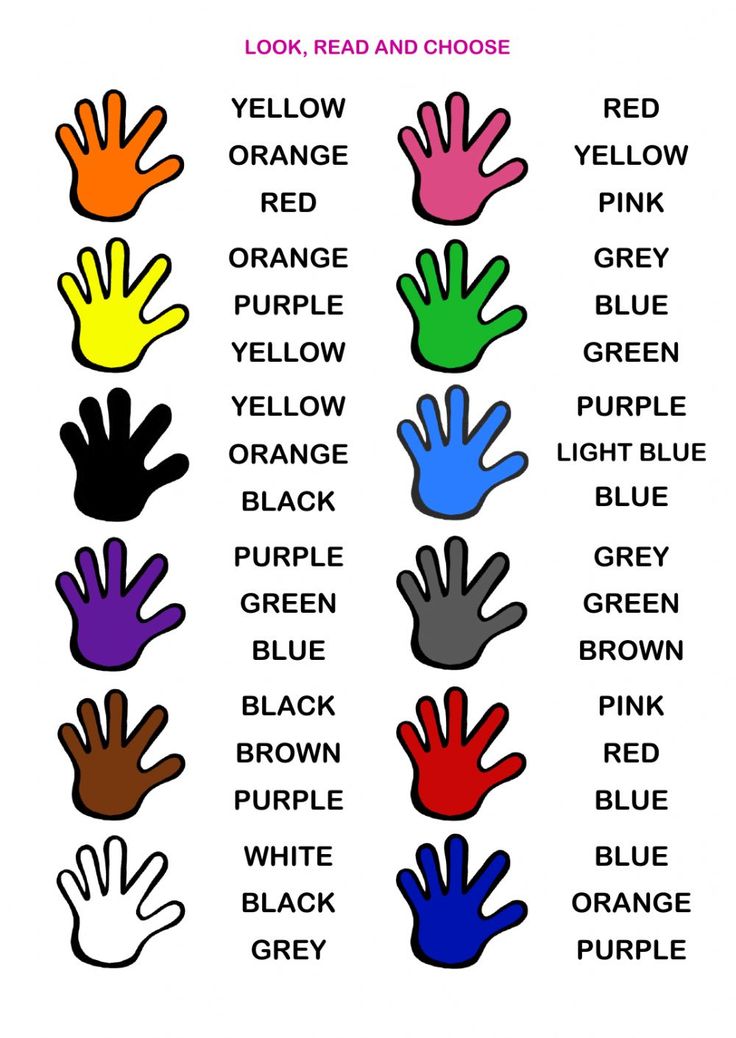 You can talk about the different hues on the pages of any picture book.
You can talk about the different hues on the pages of any picture book.
5) Create A Color Mixing Sensory Activity
When your child uses their senses while they’re learning, they create stronger neural connections, and this helps them better remember the information.
This activity also gives your child a chance to explore colors creatively. It allows them to experiment and see what happens when combining two colors.
What You’ll Need:
- Icing or shaving cream
- Food coloring
- Two small bows
- Toothpick or spatula
- Large zip-top bag and tape, or cookie sheet (The cookie sheet option is more tactile. However, you can opt for the bag if you’re looking for low-mess.)
What To Do:
Start by filling your zip-top bag with icing or shaving cream. Next, choose two colors of food coloring and add each color into the bag. Tape it down to a working surface. Your child will then need to mix the colors with their little fingers.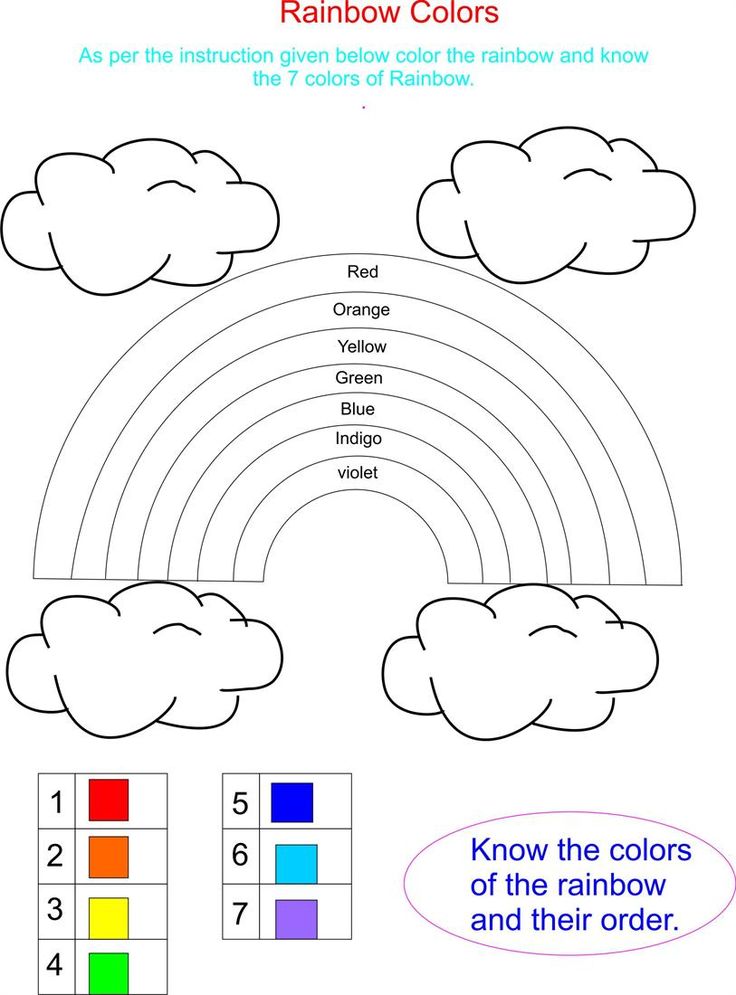
Grab the two small bowls and put icing or shaving cream into them. Add one to three drops of color into the bowl and fold the color into the icing or cream.
You can then scoop the colored icing or cream into the bag or onto the cookie sheet and let your child mix the colors.
This is a fun activity to help children learn that colors are not necessarily stagnant, and mixing them will help produce a different color.
See more details here!
6) Sing Color Songs
Kids love to sing along to fun songs. You can take advantage of this natural love for singing to help your child learn about colors. And the best part is that these silly songs are usually pretty catchy, so your child will likely sing them long after the activity ends.
What You’ll Need:
- A way to play a song for your child to listen to (such as your phone or a computer)
What To Do:
Play a song for your child and start singing the lyrics. Then, repeat it a couple of times to help them learn how it goes.
Once they know the words, you can sing the song anywhere to review colors for kids on the go.
Not sure where to start? Check out our fun activity here that helps teach children pantone colors.
You can also sing some of our favorite songs:
- “It’s Not Easy Being Green” by Kermit the Frog
- “The Color Song” by Bryant Oden
- “Colors of Our Clothes” by David Burba and Lisa Campbell
- “Colors All Around” by Jack Hartmann
- “Jenny Jenkins” by Lisa Loeb
- PANTONE Colors: The Song
You can find these songs on YouTube, or search our Learn & Grow app. Happy singing!
7) I Spy Colors For Kids
This classic game is perfect for teaching colors to kids. Since it doesn’t require any materials, you can play it anywhere.
What You’ll Need:
- Nothing!
What To Do:
Look around you at all the different colors. Then, secretly pick out one object that only has one main color. Tell your child, “I spy something (insert color here).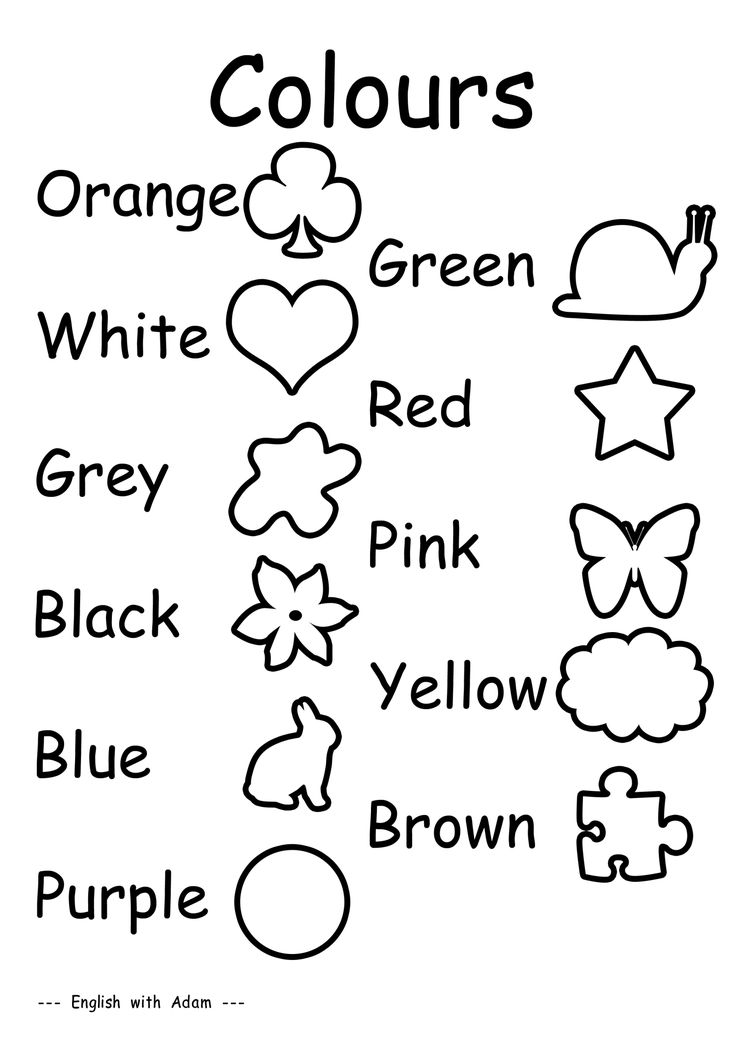 ”
”
For example, you might say, “I spy something blue,” if you’re looking at a blue shirt. If your child correctly guesses the object, then it’s their turn to pick the next thing and give a clue about its color.
8) Tell A Colorful Story
Encourage your child to use the magnets from the HOMER Explore Letters Kit creatively. Have them use the pieces to tell a story and remind them to add some color words to their telling.
What You’ll Need:
- Explore Letters Kit from HOMER
What To Do:
Set up the magnetic story box so it’s ready to go. Go through the magnets and pick out a few that you could use to tell a fun story.
Using the pieces and the magnet backdrop, tell your child a story. As you speak, remember to weave some color words into the tale. For instance, you might say, “The bright pink flamingo decided he wanted to play ball with the brown monkey.”
You’re modeling the activity for your child as you tell a story. When you finish, let them tell a story of their own.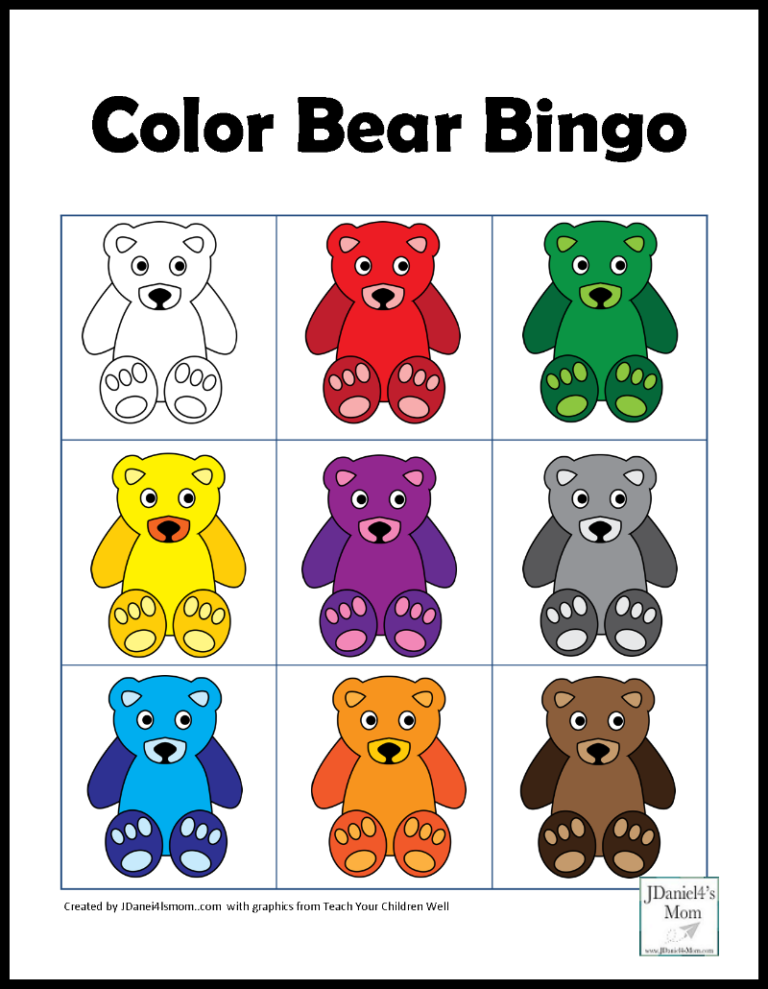 You might notice they simply copy your story at first, and that’s okay.
You might notice they simply copy your story at first, and that’s okay.
Keep playing, and it won’t take long before your child can tell a story all their own.
9) Make A Picture
This activity is perfect for a rainy day. It’s a fun way for creative kids to practice making something with colorful paper strips.
What You’ll Need:
- Construction paper in all sorts of colors
- Scissors
- Glue or tape
- A white sheet of paper
What To Do:
If your child knows scissor safety skills, have them cut the construction paper into strips of different colors. (Otherwise, you cut them.) The strips can all be the same width, or you can mix them up.
Once you have a nice pile of colorful strips, invite your child to glue or tape them onto the white sheet of paper to create a design of their choice. When they are done, talk to them about their colorful picture and have them tell you all about what they created.
Mix things up the next time you do this activity by using circles, squares, or various shapes at once instead of strips.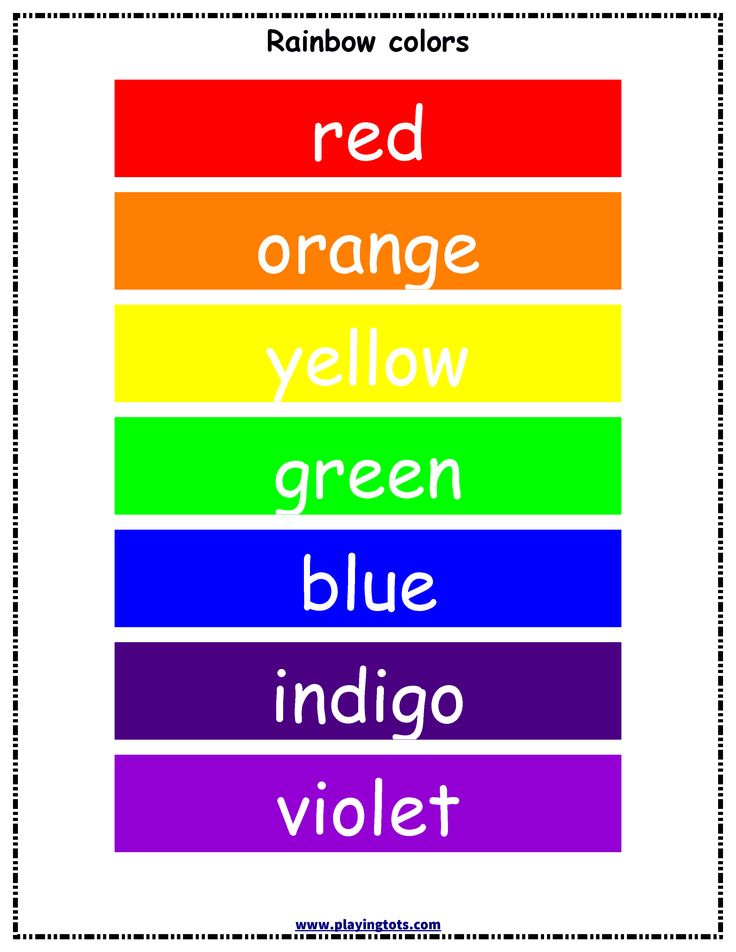
10) Design A Color Scavenger Hunt
This activity is perfect for kids who love to move around. It’s also a great way to review all the different colors they’ve learned.
What You’ll Need:
- A sheet of blank paper
- Colored pencils or crayons
- A pencil or pen
- A basket or bag
What To Do:
Create a scavenger hunt for your child by drawing boxes on a blank sheet of paper with colored pencils or crayons. Fill in each box with the color it represents to make it easy for your child to identify it.
Quickly review the colors with your child. Point to each box on the sheet and have them tell you the color.
Then, challenge them to find an object around the house for each color. Once they find something, have them put it into the basket or bag. Next, show them how to use the pencil or pen to put an X or a check through the color box they found.
Have them continue searching for items until they have a basket or bag full of colorful objects.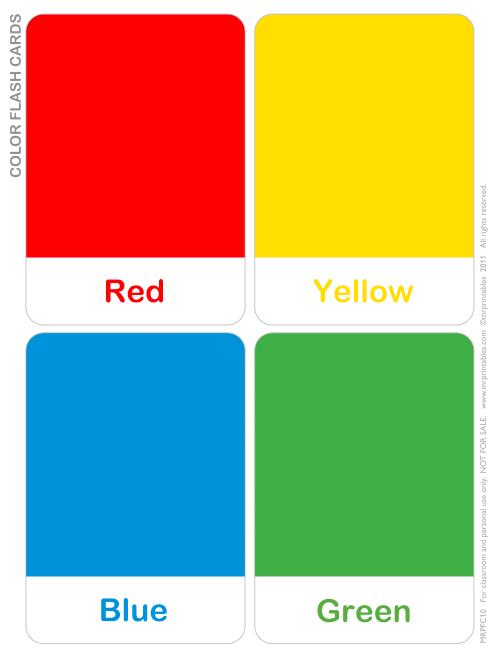 Take time to have them tell you the color of each thing they found.
Take time to have them tell you the color of each thing they found.
Make Every Day A Colorful Day
Colors are all around us, and your child has most likely already noticed these different hues without tagging them with color names. However, colors for kids are an important part of childhood development and math prep.
This is where you come in. Armed with the activities above, you can help make learning about colors fun and exciting.
When teaching colors for kids, remember to start with the primary hues and then gradually introduce more. With patience, your young learner will soon recognize all the colors of the rainbow — and so many more!
For more fun learning activities, check out the Learn & Grow app, powered by HOMER.
Author
Learn shapes and colors for kids
Description
Learn Shapes and Colors - Educational and educational games for kids and toddlers.
Together with the rabbit, we will go to visit his girlfriend.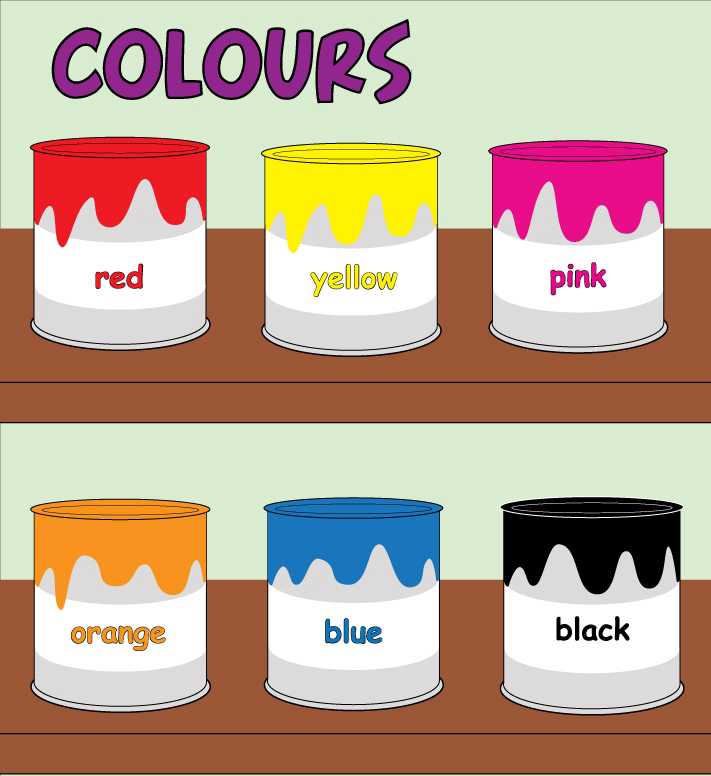 Along the way, we learn to distinguish shapes and colors, solve logical problems, sort objects, and train our memory.
Along the way, we learn to distinguish shapes and colors, solve logical problems, sort objects, and train our memory.
There are 6 fun games in the app:
- COLORS: find the object by color
- SHAPES: guess the shape of the object
- LOGIC: logic game with colorful figures
- MEMORY: a game for training memory and developing intelligence
- OBSERVATION: find the same objects
- SORT: find shapes
The application "Learn shapes and colors for kids" is aimed at developing spatial thinking, fine motor skills, memory training.
Children's game "Learn shapes and colors for kids" will help your baby to distinguish colors and shapes.
The game is intended for children aged 2-3-4 years.
We also advise you to pay attention to our other educational applications for children. We not only learn fun letters, sounds, the alphabet together, but also numbers, shapes, colors, simple mathematical operations. We create children's educational and educational games for you and your children.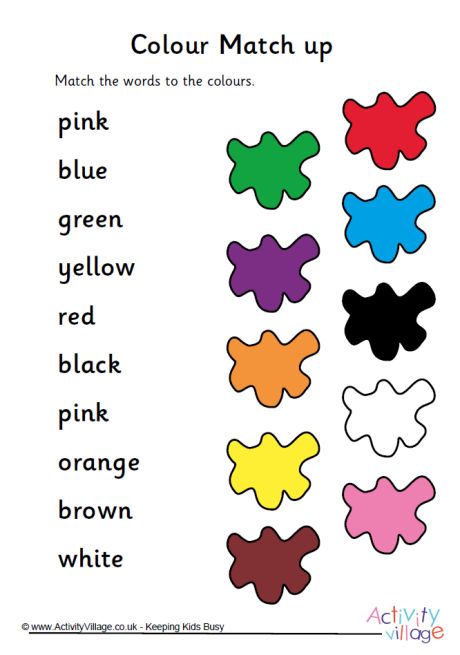
We are open to all your wishes! Send your suggestions to [email protected].
If you like our application and want to continue, please rate it.
Version 1.6
The app has been updated by Apple to display the Apple Watch app icon.
Spring is coming. The rabbit cleans the snow, buys carrot seeds and fixes small bugs in the app.
Ratings and reviews
Ratings: 835
Great game ‼️
I liked everything very much
smart rabbit
A good application, my son and I really liked it 1.
8, it’s only with my help to drive around the screen, but it solves tasks, it’s very useful, and you need to think and move pictures around the screen, just for development)) plus live pictures and various interesting tasks! For children after 3 years in general, I think it will not be interesting already. A huge plus there is no annoying ads and the application itself is free! Thank you)
Excellent!
Super game. My daughter and I really like it, and she began to learn figures with pleasure!
Developer OLGA NIKOLENKO has not disclosed to Apple its privacy policy or data processing practices. Detailed information is available in the developer's privacy policy.
N/A
Developer will be required to provide privacy information when submitting the next app update.
Information
- Provider
- OLGA NIKOLENKO
- Size
- 73.
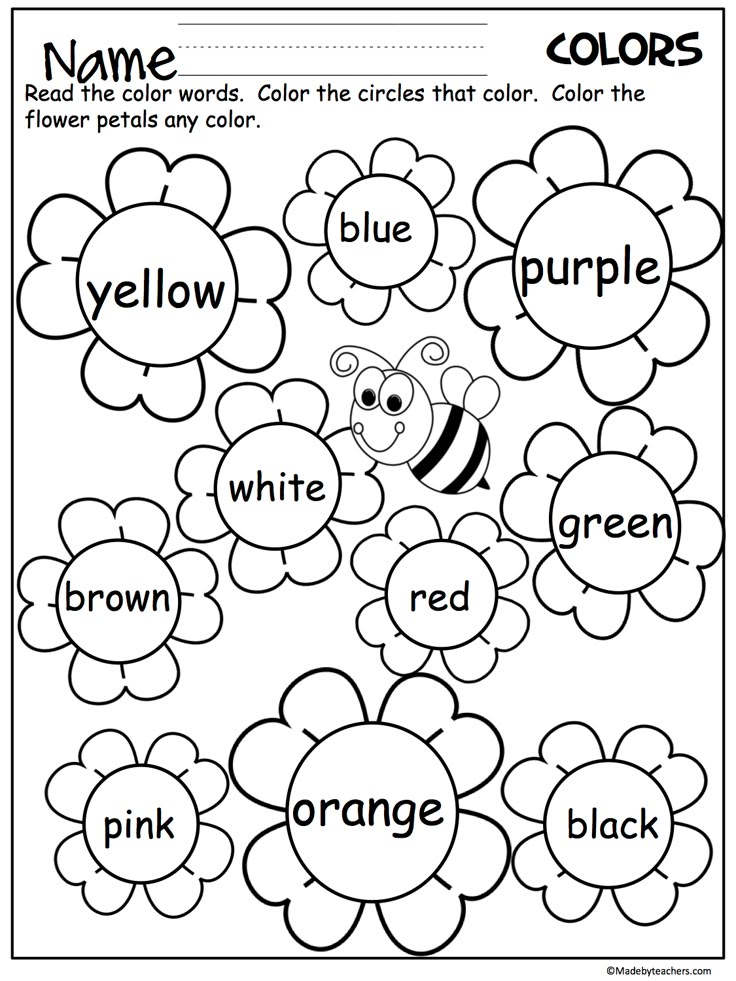 1 MB
1 MB - Category
- Education
- Age
- 4+
- Copyright
- © Aramais Ayrapetyan 2016
- Price
- Free
- Developer site
- Application support
- Privacy Policy
Other apps from this developer
You may like
teaching colors to children in English
How not to let your child get bored and not turn learning into torture.
In this article you will find all the information about how the colors will be in English with translation for children.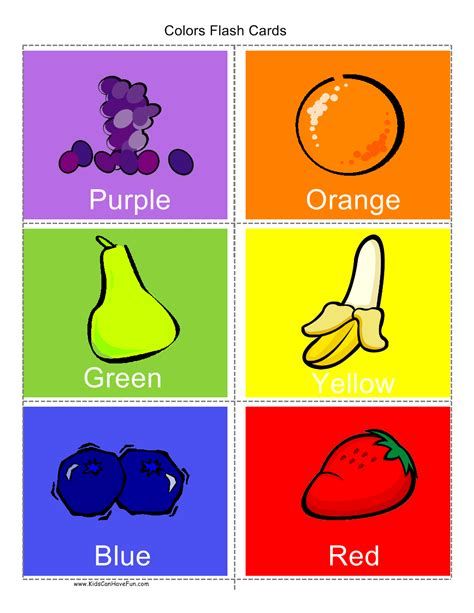 As well as games, interesting memory rhymes and much more to help your child learn English flower names.
As well as games, interesting memory rhymes and much more to help your child learn English flower names.
The human eye can distinguish a huge number of shades of our bright and diverse world. The average person is well versed in about 150 primary colors, but a professional can already distinguish up to 10 thousand shades under certain conditions.
But for children, everything is much simpler: in order to understand the world around them and describe it, they need to know only a few basic colors in their native language. Today we will tell you how best to present basic colors in English for children so that they are interested, and parents do not get bored.
Basic colors and concepts
Before you teach your child about colors, you need to be sure that you yourself know the basic concepts and definitions.
Color . This is how the word "color" is translated into English.
Note that the "-ur" ending is the British spelling.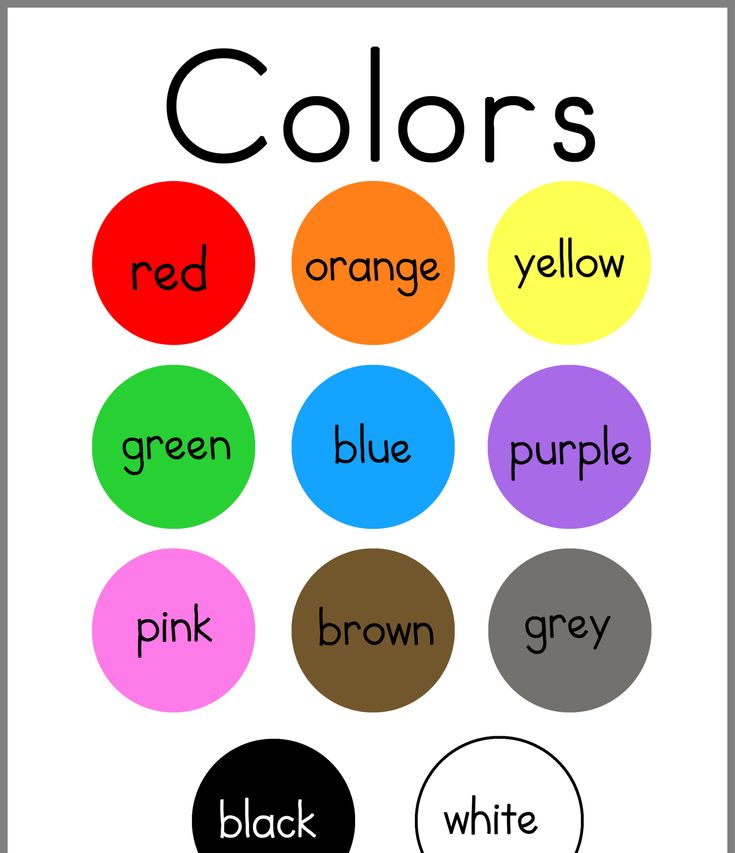 In American English, this word would be spelled "color". It is included in the top differences between British and American English, which you can read more about in this article. By the way, the gray color will also have different spellings: gray (BrE) and gray (AmE).
In American English, this word would be spelled "color". It is included in the top differences between British and American English, which you can read more about in this article. By the way, the gray color will also have different spellings: gray (BrE) and gray (AmE).
Each color has a huge number of shades (shades), they can be warm (warm) or cold (cool), neutral (neutral) or saturated (intense / vibrant).
There are 15 primary colors, which are considered basic and are the basis for other shades.
Of which 3 are neutral:
- white
- black
- gray
And 12 - the rest:
- red
- orange
- brown
- beige
- yellow - yellow
- light green
- green
- light blue
- blue-green
- blue
- violet / purple
- pink / magenta
If you need English for children, you don't have to learn colors all at once. Start with the primary colors: red (red), green (green), blue (blue), yellow (yellow) and, of course, do not forget about black (black) and white (white).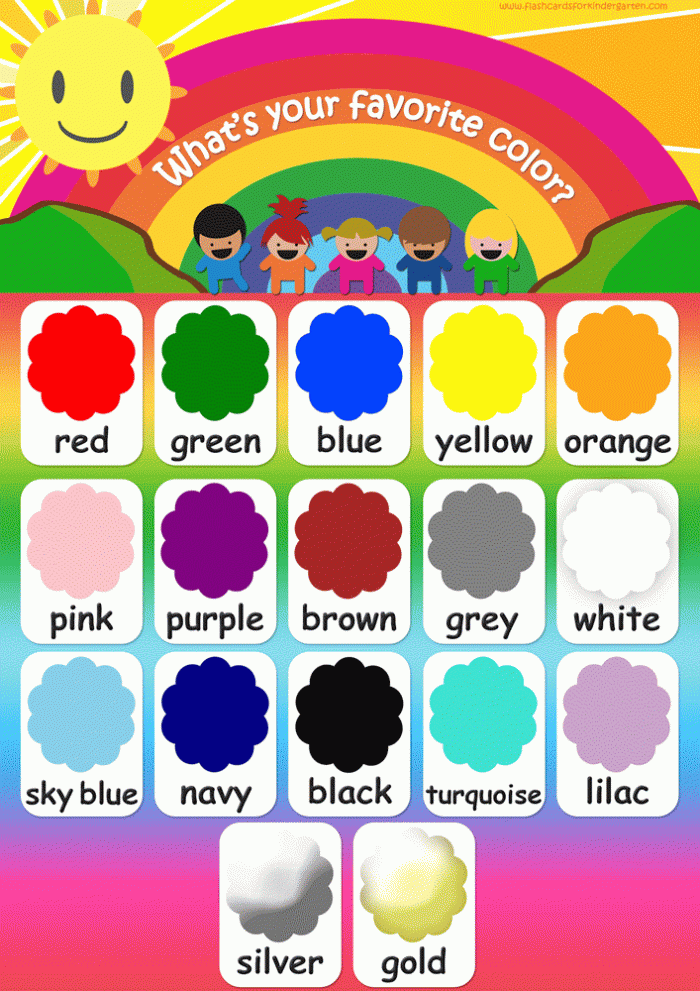
Complex colors can be designated by simply adding two basic names. For example: red-orange (red-orange), blue-violet (blue-violet) and so on. However, such colors in English for children should be used only when the child is already well aware of the names of the primary colors. And how the baby to learn them - read below.
Learning colors: games and memory
The easiest way for a child to memorize the colors that often surround him in everyday life and in subjects that are familiar to him. Fruits and vegetables are good for this purpose. Learning colors in this way, English for children will not be another boring activity, but an exciting game. And parents, in turn, will be able to easily feed the child with healthy products, which is sometimes not so easy to do.
Look in the refrigerator. Which of the products available there can clearly demonstrate color to a child? Here are the simplest examples: green apple, orange carrot, yellow banana, red tomato, white milk, brown potato, and so on.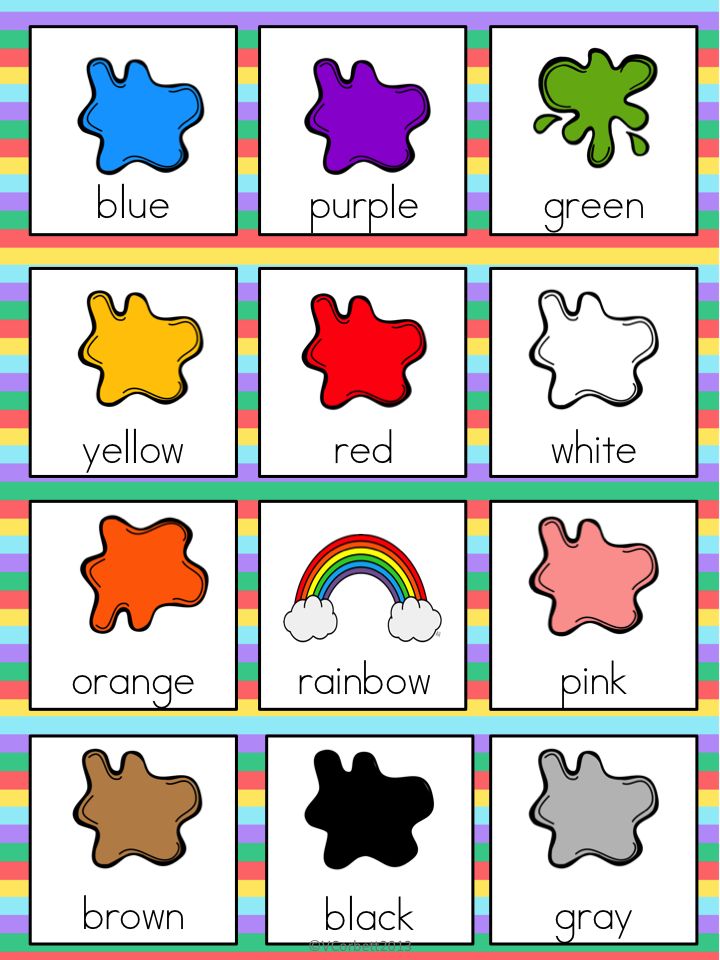 True, not all of them can be found in the refrigerator, so it is better to take children's toys or cards as examples of colors such as purple, pink, blue, beige and black.
True, not all of them can be found in the refrigerator, so it is better to take children's toys or cards as examples of colors such as purple, pink, blue, beige and black.
For practice, ask your child questions about the color of an object in English. So you will not only repeat the colors with him, but also learn the names of the things around you. Visual demonstrations are one of the best ways of remembering not only for children, but also for adults, because visual memory is also connected to auditory memory. If you don't have the items you need, you can always use ready-made picture cards or other simple and clear images.
Even during everyday activities and games with children, you can start a dialogue game with them and ask questions about colors:
What color is this apple? (What color is this apple?)
— It's green. (It's green)
What color is this banana? (What color is this banana?)
— It's yellow. (He is yellow)
and so on.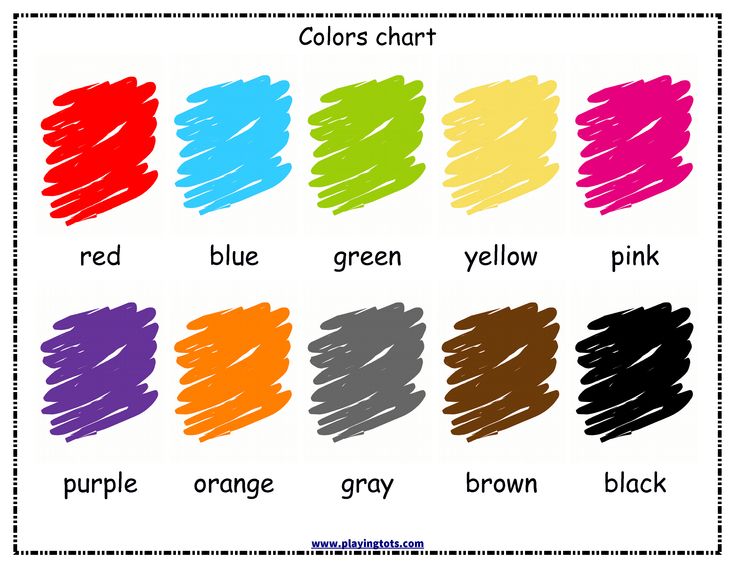
One of the good and versatile items for learning colors with a child is regular colored pencils. The standard set contains all the colors you need to learn, and the process itself can easily be turned into another game.
Ask your child questions about color, taking different pencils out of the box one by one:
What color is this pencil? (What color is this pencil?)
— It's pink. (He's pink)
— And what color is this one? (What color is this one?)
Blue. (Blue)
and so on.
The same pencils can be used to create color cards. Cut out rectangles from white cardboard and color them, signing each of them with a color in English. Cards can be taken with you and entertain the child during a walk. For example, taking out a green card, ask him to remember the name of the color and find it on the street. The child, in turn, must find a green object (grass, leaves, etc.) and show it to you.
When the child knows the basic names of colors and can easily distinguish them, you can move on to more complex exercises at home, which will not only help him remember the colors, but also keep him busy for a while.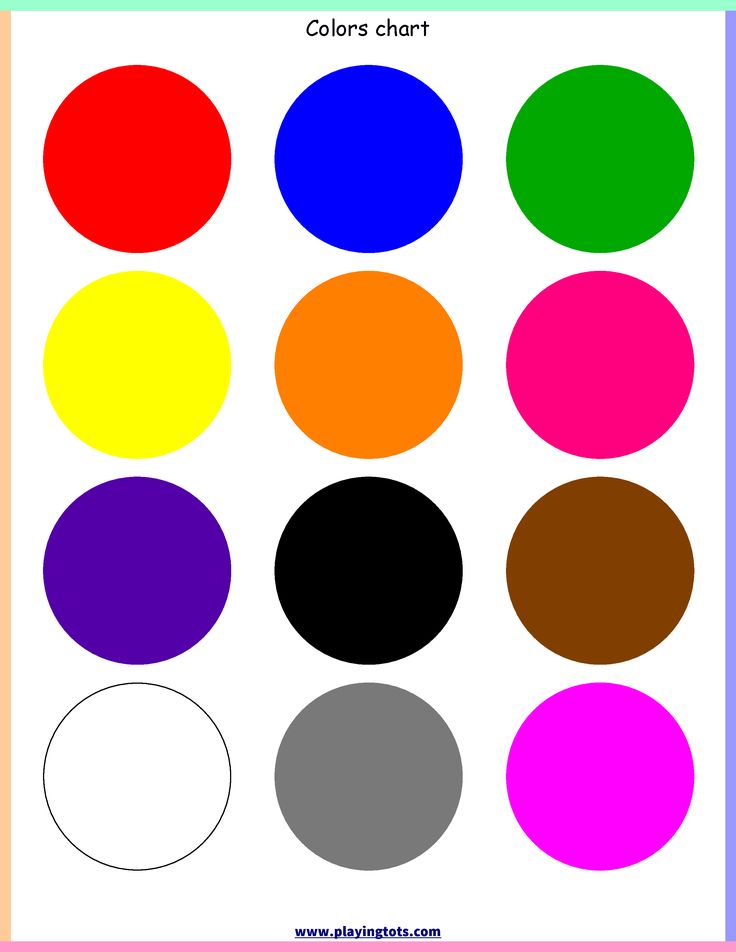
First, ask him to draw you the subject you learned color from. For example, yellow banana, red tomato, pink pig, etc. When the child can easily cope with this task, complicate it as follows: let the child draw something using an unusual color for this. Purple lemon (violet lemon), pink banana (pink banana) and more, what your imagination is capable of.
One of the easiest ways to learn primary colors is, of course, the rainbow. It consists of seven bright colors, the names of which should already be known to the child in Russian. Therefore, when your baby can name all the colors of the rainbow in the correct order without errors, then you can replace the Russian names of colors with English ones. For clarity, it is better to use the image of the rainbow or draw it yourself.
Play a trick game with your child: take colored cards and show them to your child and say the wrong color. He, in turn, must correct you and say the correct color in English. Believe me, the child will enjoy correcting you and “winning” in this game.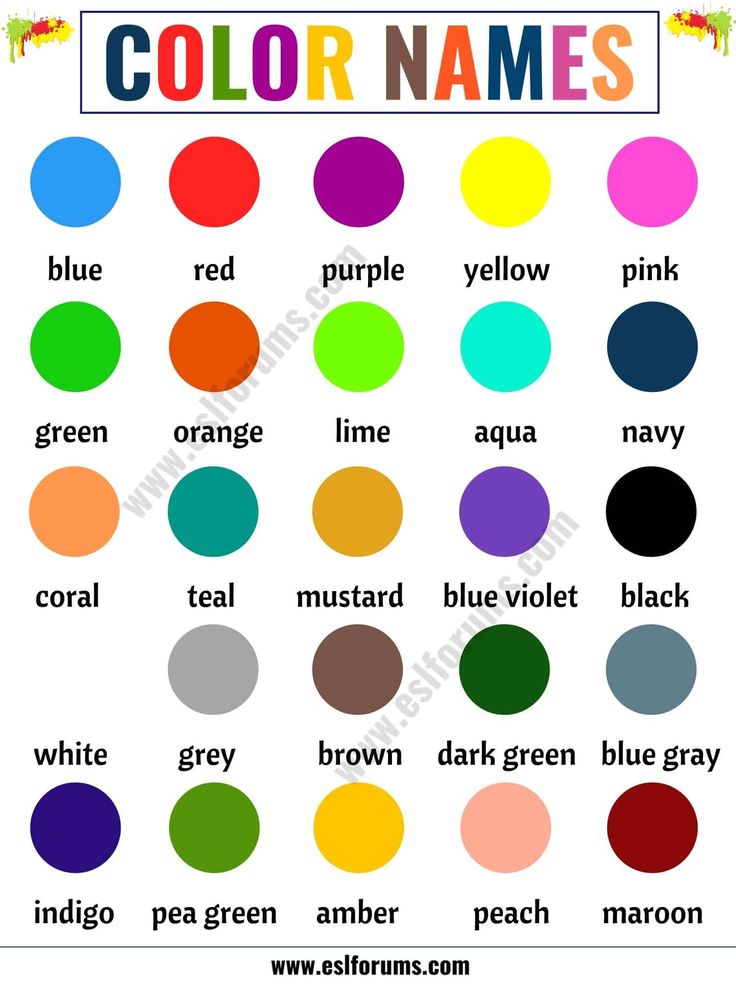
Another variant of the mindfulness game is to take cards already well known to the child, ask him to close his eyes, remove one of the colors and ask him to name the color that is missing.
Also, in learning colors in English with a child, parents will come to the aid of cartoons and educational videos. As a rule, all children's cartoons are bright and colorful. The main and secondary characters have their own distinctive colors, and that's exactly what you need to ask them to name the child during the next viewing.
There are many ways to make English fun for toddlers. Colors can also be taught with the help of special verses and "agreements". These are such short rhyming couplets that end in the name of a certain color in English.
Here are some of them:
I will catch fish in the sea,
In the blue sea, blue - blue
Hey, look here quickly:
Gray bunny jumps - gray
Ripe, fresh apples color
English red - red
White snow flies in winter,
White, in English - white
White snow began to melt,
And the earth turns black
We picked ripe apples,
Yellow-yellow, it means - yellow
Orange box full,
All orange
The boy ate grapes Styopa,
Purple he is purple
Frog, look,
All so green - green
We all like chocolate,
He is brown, he is brown
Mischievous pig
pink
You can always come up with your own agreements and rhymes.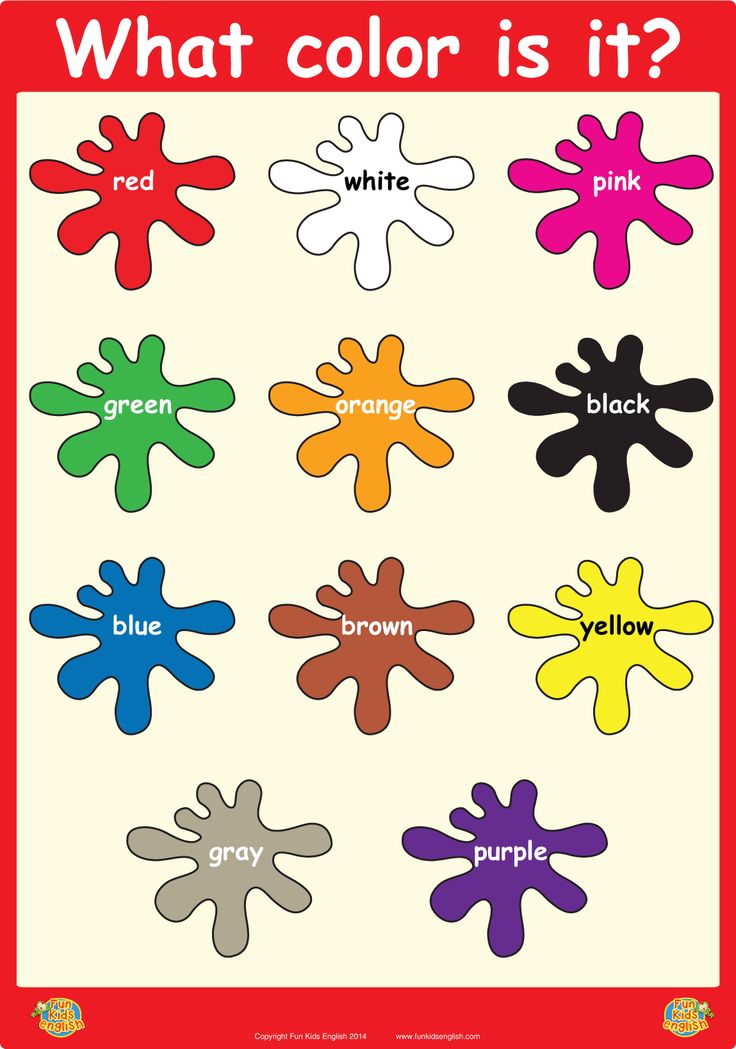
There is also an English verse for memorizing flowers and things around the child:
Let's learn the colors song together
An apple is red, a lemon is yellow
Leaves are green, the sky is blue
Carrot is orange, berries are purple
Night and day for black and white
Rainbows are always bright
Let's sing a flower song together
Apple - red, lemon - yellow
Leaves are green, sky is blue
Carrots - orange, berries - purple
Night and day - black and white,
Rainbows are always bright
And here is a funny song with color memorization actions:
If you are wearing red, shake your head.
If you are wearing blue, touch your shoe.
If you are wearing green, bow to the queen.
If you are wearing yellow, shake like Jell-O.
If you are wearing black, pat your back.
If you are wearing brown, turn around.
If you're wearing red, shake your head.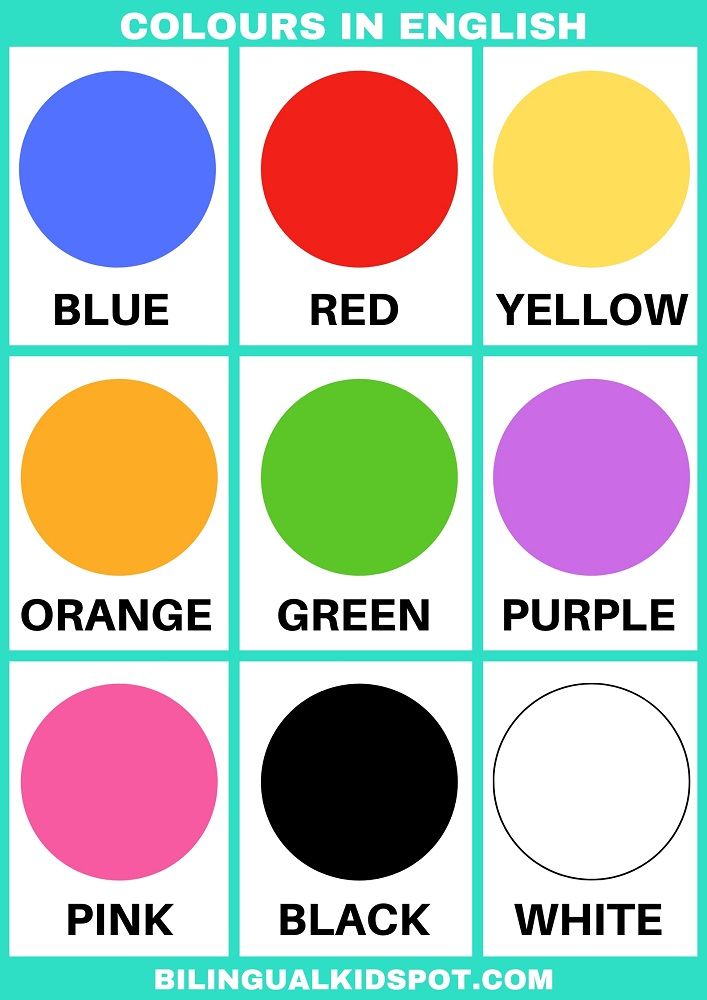
If you're wearing blue, touch your boot.
If you wear green, bow to the queen.
If you're wearing yellow, shake like jelly.
If you're wearing black, pat yourself on the back.
If you're wearing brown, turn around.
As you can see, English isn't that complicated: colors for kids are a simple and fun topic if you get creative. Here are some more tips for learning colors with kids:
- Look in the mirror
We often need colors to describe someone's appearance. Start with yourself and your child. Name your eye color (I have green eyes - I have green eyes) and ask the child to say what color his eyes are. Remember with him the colors of the eyes of mom, dad, grandma, grandpa and other family members.
- Look around
It will be easy enough for a child to learn colors when he sees them in front of him regularly. For example, taking a banana out of the refrigerator, ask the child to remember its color in English (yellow), ask what T-shirt he wants to wear today (black, white or blue - black, white or blue), what color is his toothbrush, cup and so on.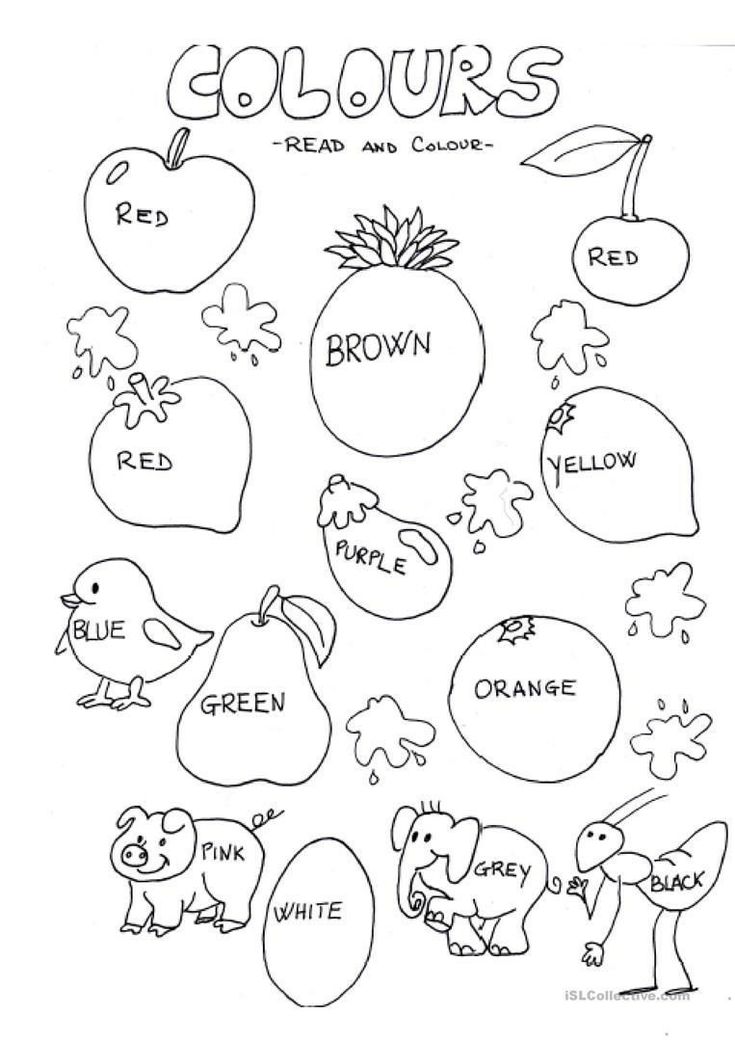
- Make stickers
Connect visual memory to the study of colors: choose objects at home that best match a particular color and stick stickers with the name of the color on them. After that, you can complicate the task and add the name of the subject itself so that the child expands his vocabulary. For example: brown chair (brown chair), white lamp (white lamp), red book (red book), etc.
- Repeat
As soon as you learn the basic colors in English with your child, look for any convenient opportunity to practice them. It is best to talk about everything that meets the child around. At the same time, it is worth making simple, but whole sentences, and not learning colors out of context. Let the child name the color of a certain object not just like that (blue, yellow, green), but with a complete sentence: The sky is blue (The sky is blue), The grass is green (Green grass), This bus is yellow (This bus is yellow), etc. .d. This will help him, firstly, immediately form speech and be able to express his thoughts more fully, and, secondly, will allow him to expand his basic vocabulary.